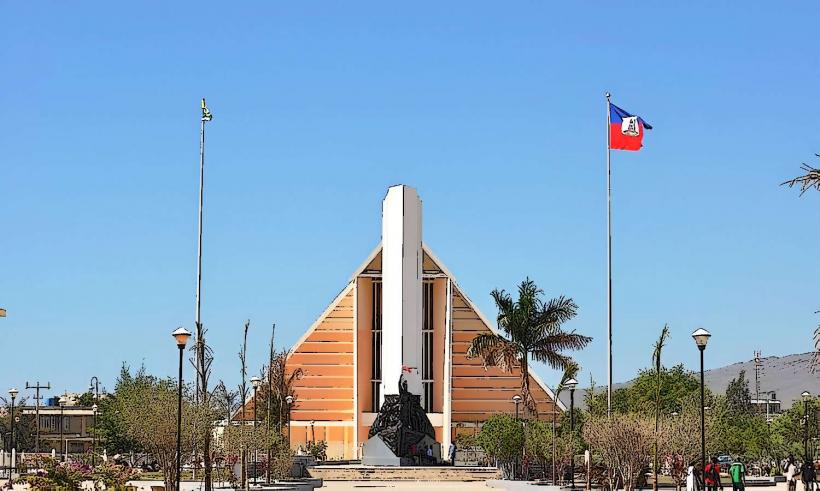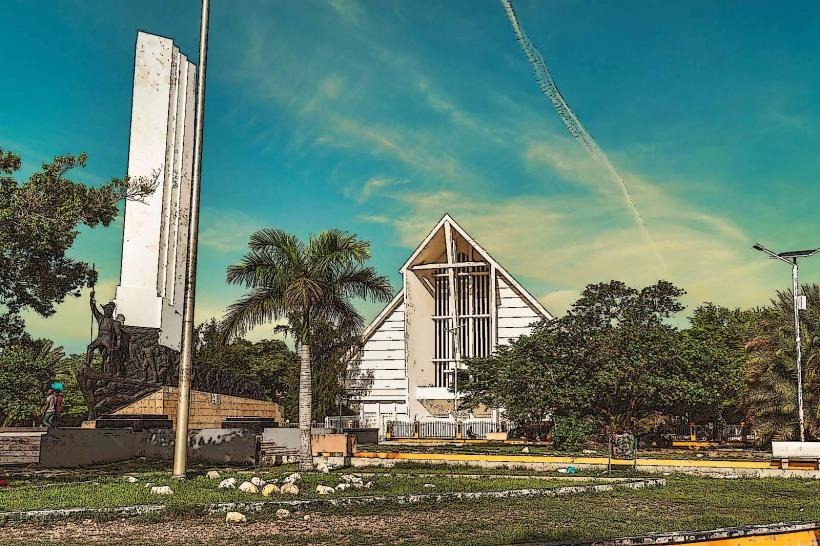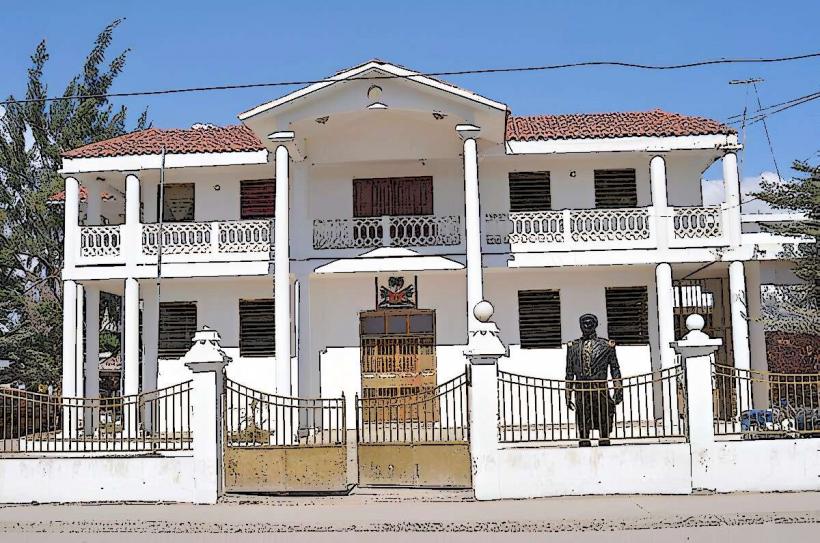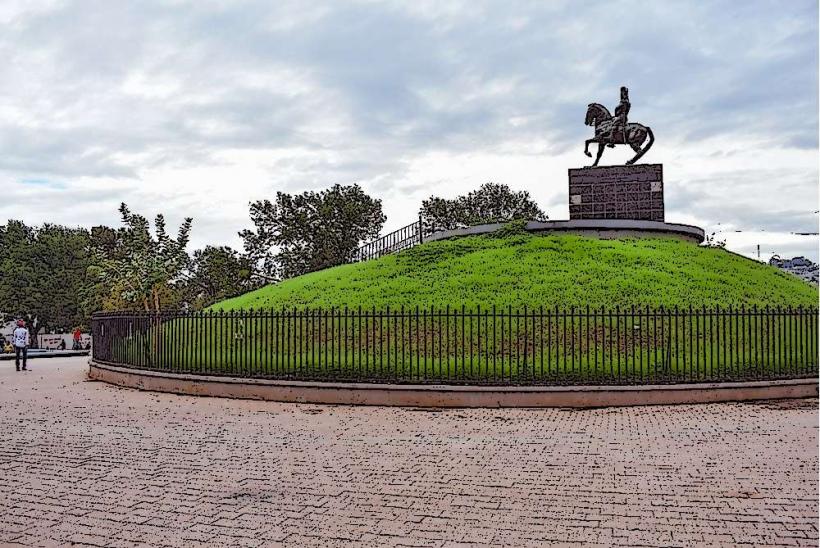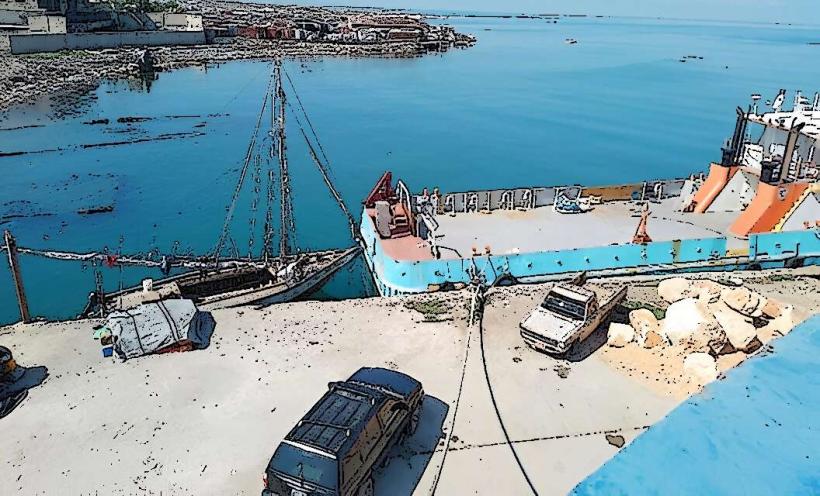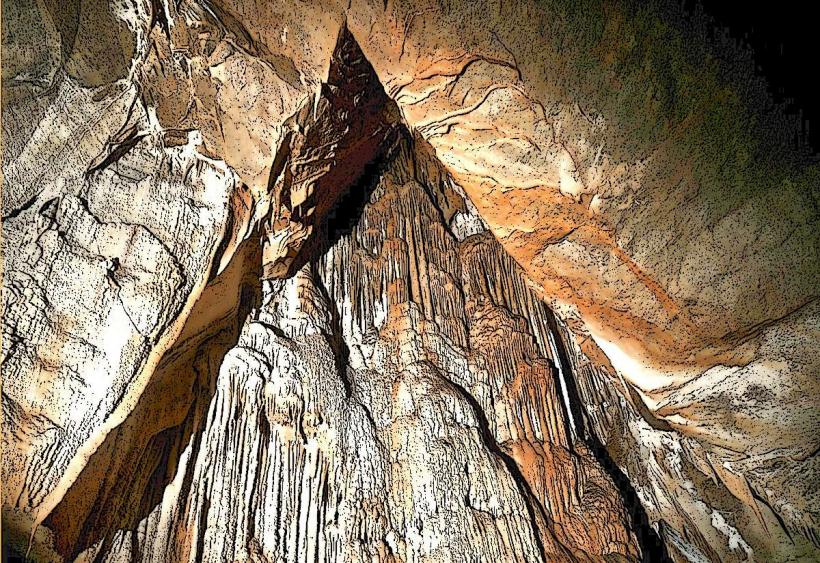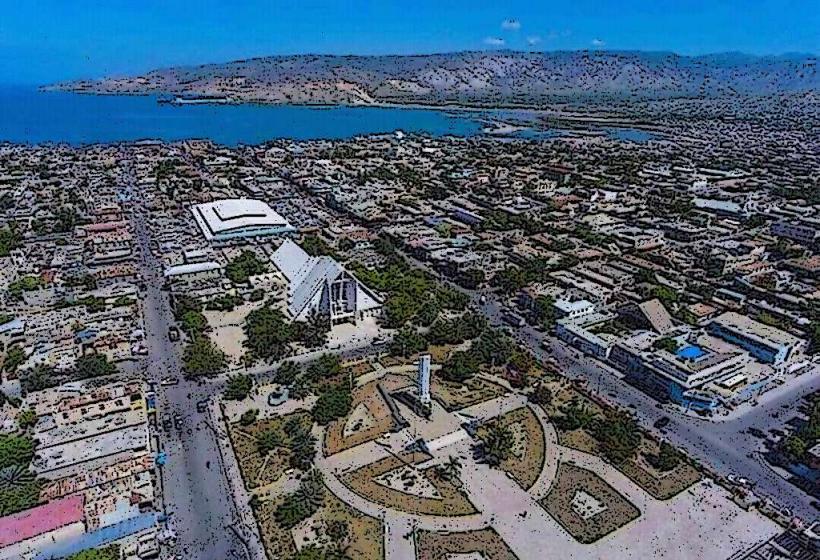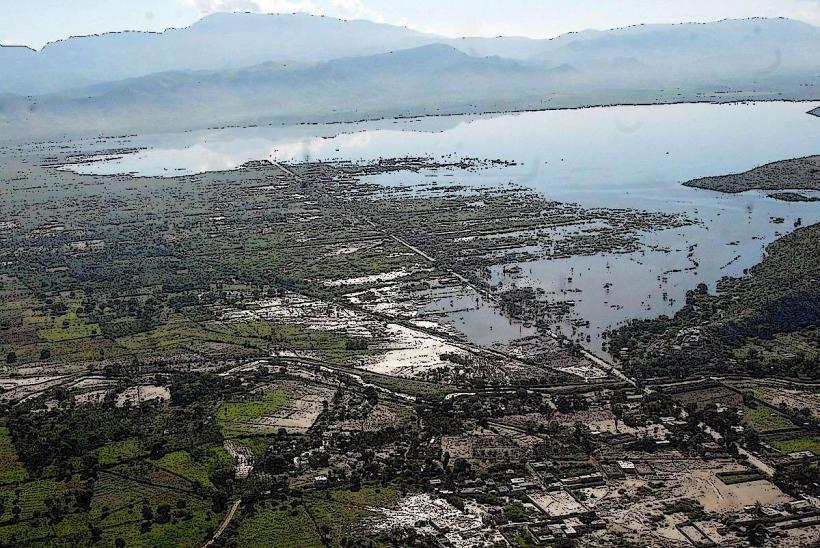Information
Landmark: Lake Peligre (Lac de Peligre)City: Gonaives
Country: Haiti
Continent: North America
Lake Peligre (Lac de Peligre) is a large artificial reservoir located in the central region of Haiti, near the town of Peligre in the Artibonite Department. It is one of the most important bodies of water in Haiti, both for its role in the country's hydroelectric energy production and its environmental significance.
Creation and Purpose
Construction: Lake Peligre was created in the 1950s as a result of the construction of the Peligre Dam on the Artibonite River, Haiti’s longest river. The dam was built primarily to generate hydroelectric power for the country and to support agricultural activities in the region. The lake serves as the reservoir for the dam and has been crucial in providing electricity to Haiti, particularly to the capital, Port-au-Prince.
Hydroelectric Power: The Peligre Dam, and by extension, Lake Peligre, provides a significant portion of Haiti's hydroelectric energy. The dam’s power station supplies electricity to the surrounding areas and helps meet the energy demands of both local communities and industries. Given Haiti's frequent energy shortages, the dam's contribution to the national grid remains an important part of the country’s energy infrastructure.
Size and Geographic Features
Size: Lake Peligre is a large body of water, covering an area of approximately 50 square kilometers (19 square miles). The lake is situated in a mountainous region, with steep slopes surrounding it, creating a visually striking and dramatic landscape. The lake's surface area can fluctuate depending on seasonal rainfall and water levels controlled by the dam.
Geography: The lake is located in the central plateau of Haiti, surrounded by mountainous terrain, which adds to the lake’s scenic beauty. The Artibonite River, which feeds the lake, originates from the Massif de la Hotte mountains and flows through several other regions before reaching the Peligre area. The surrounding area is characterized by lush vegetation and rich agricultural land, especially suitable for crops like rice, sugarcane, and bananas.
Environmental and Ecological Importance
Biodiversity: Lake Peligre plays an important role in the local ecosystem, providing a habitat for various species of fish, birds, and other wildlife. The lake is home to several species of freshwater fish that are important to local communities, especially for fishing. It is also a stopover point for migratory birds, making it a site of interest for bird watchers and ecologists.
Water Source: Beyond its role in energy production, Lake Peligre serves as an important water source for the surrounding regions. The reservoir is used for irrigation, which supports the agricultural activities of nearby communities. The fertile lands around the lake benefit from the consistent water supply, which allows farmers to cultivate crops throughout the year.
Impact on Local Communities
Displacement and Resettlement: The creation of Lake Peligre and the construction of the dam led to significant changes in the local communities. In the 1950s, the dam's construction required the displacement of many people who lived in the areas that were flooded by the creation of the reservoir. Hundreds of families were relocated, and while some were resettled in nearby areas, many faced hardships due to a lack of adequate compensation and the loss of their homes and livelihoods.
Fishing and Livelihood: The lake continues to provide a livelihood for many local fishermen who rely on the water for catching fish. Fishing is a key part of the local economy, with fish from the lake being sold in markets across Haiti. However, overfishing and environmental degradation have posed challenges for sustainable fish populations in the lake.
Agriculture: The irrigation provided by Lake Peligre has helped sustain agriculture in the surrounding region, particularly in areas like the Artibonite Valley. This region is one of Haiti’s most important agricultural zones, producing significant quantities of rice, which is a staple food for the country.
Challenges and Issues
Environmental Degradation: Over the years, Lake Peligre and the surrounding environment have faced various challenges, including deforestation, pollution, and soil erosion. These issues have negatively impacted water quality and the health of local ecosystems. The degradation of surrounding land has also affected agricultural productivity, making it harder for local farmers to maintain their crops.
Climate Change: Climate change is another factor contributing to changes in the water levels of Lake Peligre. Irregular rainfall patterns and extreme weather events can lead to fluctuations in the water levels, affecting both the hydroelectric power production and the agricultural irrigation that depends on the lake.
Hydroelectric Dependence: While the Peligre Dam provides a significant portion of Haiti’s electricity, the country remains highly dependent on this single source of hydroelectric power. This creates vulnerability, as fluctuations in water levels or damage to the infrastructure could severely impact Haiti’s energy supply. The need for diversification and improvement in the national power grid is an ongoing concern for the country.
Tourism Potential
Scenic Beauty: Lake Peligre is a visually striking site, with its clear blue waters surrounded by lush green mountains. The area offers potential for ecotourism, with opportunities for activities such as boating, fishing, hiking, and birdwatching. The region’s natural beauty makes it an appealing destination for those interested in outdoor activities and the natural landscape of Haiti.
Cultural and Historical Significance: The lake also has cultural and historical importance, as it symbolizes both Haiti’s industrial development and the changes that the country has undergone. The history of the dam and the displacement of communities could be of interest to those seeking to understand Haiti’s development challenges and its complex relationship with natural resources.
Conclusion
Lake Peligre is a vital component of Haiti’s energy infrastructure, agriculture, and environment. While it provides significant benefits in terms of hydroelectric power, irrigation, and local livelihoods, it also faces challenges related to environmental degradation and the social impact of the dam's creation. The lake remains an important part of Haiti’s history and economy, and efforts to protect its ecological health and improve the lives of the people in its surrounding areas will be essential to its continued importance in the future.


